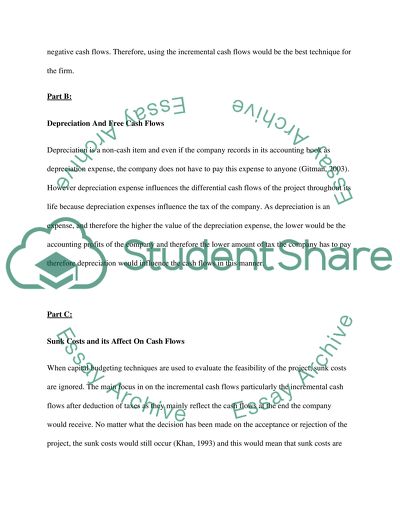Cite this document
(“Principles of Finance Essay Example | Topics and Well Written Essays - 1500 words”, n.d.)
Principles of Finance Essay Example | Topics and Well Written Essays - 1500 words. Retrieved from https://studentshare.org/other/1400262-principles-of-finance
Principles of Finance Essay Example | Topics and Well Written Essays - 1500 words. Retrieved from https://studentshare.org/other/1400262-principles-of-finance
(Principles of Finance Essay Example | Topics and Well Written Essays - 1500 Words)
Principles of Finance Essay Example | Topics and Well Written Essays - 1500 Words. https://studentshare.org/other/1400262-principles-of-finance.
Principles of Finance Essay Example | Topics and Well Written Essays - 1500 Words. https://studentshare.org/other/1400262-principles-of-finance.
“Principles of Finance Essay Example | Topics and Well Written Essays - 1500 Words”, n.d. https://studentshare.org/other/1400262-principles-of-finance.


